The Rarest and Most Precious Perfume Ingredients in the World
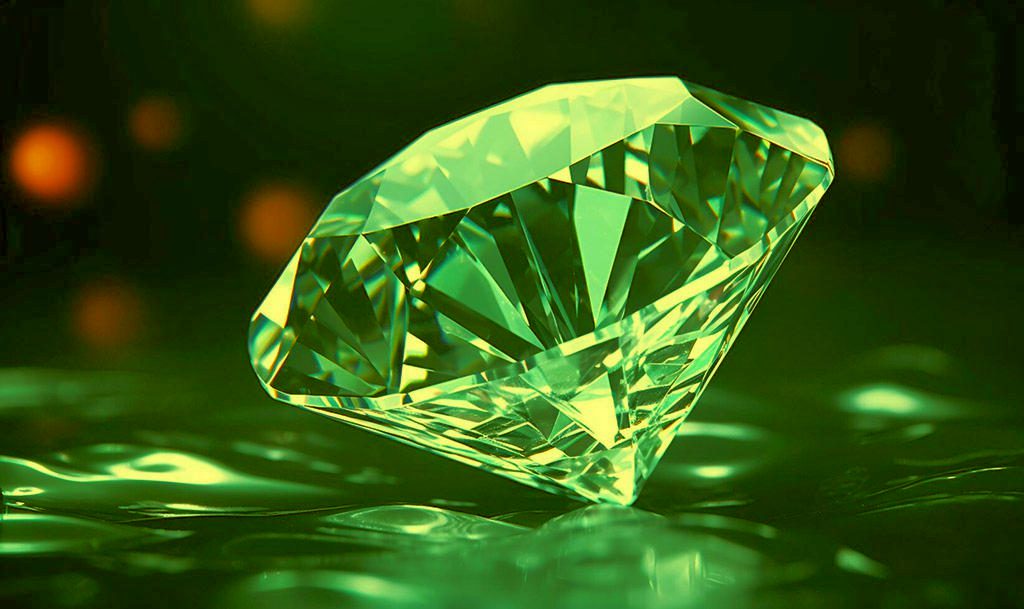
Have you ever wondered why some perfumes command such high prices while others are more affordable? While it’s easy to assume that expensive fragrances are made with luxurious or high-quality raw materials, the reality is more nuanced. The pricing of luxury perfumes is influenced by several key factors.
Firstly, brands often target specific demographics with their fragrances, aiming to appeal to consumers who are willing to invest in premium products. This target market significantly influences pricing strategies.
Secondly, the marketing budget allocated for promotion can also drive up costs. High-end brands typically spend substantial amounts on advertising campaigns, celebrity endorsements, and exclusive launch events to create a sense of luxury and desirability around their products.
The design and craftsmanship of the bottle itself is another important factor. A beautifully crafted or uniquely designed bottle can enhance the overall aesthetic appeal, positioning the perfume as a luxury item and justifying a higher price point.
Finally, while the cost of raw materials is a crucial consideration, it’s not at all the sole factor. Brands may prefer to use synthetic ingredients or other methods to lower production costs without compromising the perception of luxury.
In summary, the price of luxury perfumes is determined by a combination of the target audience, marketing efforts, bottle design, and the cost of raw materials. Understanding these factors provides a richer perspective on the value of these fragrances beyond their ingredients.
But in the case of natural perfumery, the world’s most expensive perfumes earn their prized status only because of the raw materials they’re composed of. The reason lies in the rarity and labor-intensive methods used to complete the processing.
In this article, we’ll explore some of the rarest and most precious perfume ingredients in the world. But before we get started to unveil which of these ingredients are among the most sought-after of all time, it is essential to learn the basics of fragrance raw materials a bit more. So, let’s get started.
Table of contents
-
What are fragrance raw materials in the perfume industry?
-
Types of raw materials in perfumery
-
The rarest and most precious perfume ingredients in the world
What are fragrance raw materials in the perfume industry?
Fragrance raw materials are the ingredients any perfume is composed of. In perfumery, there are different layers of notes – base notes that are more long-lasting like woody, middle notes that can be floral, and top notes that are light like citrus or fruity notes. From woody musk to warm, spicy amber to sunny bergamot, fragrance raw materials are the supreme elements that bring any scent to life. You might think of them as the building blocks of perfumes. There are different types of fragrance raw materials. Let’s take a quick look at them.
Types of raw materials in perfumery
There are mainly three types of fragrance raw materials used to compose any perfume:
- Natural raw materials – Ingredients that are derived from natural sources such as flowers, fruits, roots, herbs, leaves, seeds, and woods.
- Synthetic raw materials – Synthetic man-made molecules, such as Calone and Aldehydes, for example, are made in labs from chemical compounds to mimic the fragrance of any natural source.
- Animal-derived raw materials – Byproducts that are derived from animal sources. For example, ambergris comes from the sperm whale and musk comes from the Tibetan musk deer.
The rarest and most precious perfume ingredients in the world
When it comes to the price of a perfume, the rarer the materials used to compose it, the higher the price it will be. Scarcity and difficulty in sourcing make things costly, and the same goes for these perfume ingredients. Some fragrance raw materials are collected from exclusive natural sources that are very uncommon.
Natural raw materials can come from many sources, including plant roots, flowers, resins, and even animal glands or the insides of whales.
Suppose you find a very inexpensive perfume claiming to have one of these precious and rare ingredients. In that case, it is most likely made of synthetic lab-made chemical molecules that can imitate the real ingredient.
So, all these highly-priced perfume ingredients are expensive mainly due to the difficulty in sourcing them.
Let’s take a look at some of the rarest and most precious perfume ingredients in the world:
Oud
Oud, also known as agarwood or oudh, is a rare aromatic resinous heartwood from agarwood trees, primarily belonging to the plant genera Aquilaria. Native to Southeast Asia, Aquilaria trees are primarily found in India, Indonesia, Thailand, Cambodia, and Vietnam, among other parts, especially tropical forest regions.
The signature dark and resinous substance, known as oud or agar, is produced within the heartwood only in response to injury or infection caused by certain types of fungus. The essential oil extracted from this resinous heartwood is globally known for its unique, distinctive scent — sweet, sensual, warm, and even animalic, with an inexpressible rich complexity.
Not all Aquilaria trees can produce agarwood or oud. According to some estimates, only 2% to 7% of wild trees are capable of producing agarwood only when the tree gets infected or injured.
Moreover, for its distinct aromatic heartwood, Aquilaria trees have been overharvested throughout its range, making the species classified as endangered. The scarcity of agarwood-producing Aquilaria trees makes oud one of the rarest and most expensive perfume ingredients in the world.
Here you can see our natural perfumes featuring Oud.
Iris or Orris
Iris or Orris is globally known for its powdery, floral, and slightly earthy scent profile. It is considered one of the rarest and most precious perfume raw materials worldwide. Iris is derived from the roots of the iris plant, especially Iris Pallida. The process of producing iris absolute, also known as orris butter, is very intricate and labor-intensive.
The roots of the plants are carefully left underground for several years (3 to 4 years or more) to mature into iris bulbs. Then it takes another 3 to 6 years to completely dry the bulbs before grinding them into the powder. After that, the actual distillation process starts. Only 2% of dried bulbs can be transformed into orris butter. You need around 500 kg of iris root bulbs that have been aged over 3 to 5 years to produce a single kg of iris essential oil. This is the reason it is so expensive. The price is justified by the efforts and time it takes for complete processing.
Here you can see our natural perfumes containing Iris.
Saffron
Saffron, the precious spice beloved for its vibrant color and enchanting aroma, is primarily grown in regions with a temperate climate. These areas include countries such as Italy, Iran, India, Spain, Greece, and Morocco. These diverse locations contribute to the spice’s distinct characteristics and quality.
The spice itself is harvested from the vibrant crimson stigmas of the Crocus sativus flower, where each strand is lovingly plucked by hand. This labor-intensive process yields only a small quantity of saffron, making it one of the most sought-after and precious natural ingredients in the world.
In the courts of ancient Persia, saffron-infused perfumes were deemed fit for royalty, reflecting its precious nature and captivating fragrance. The allure of saffron extended to the Mediterranean, where it became a cherished ingredient in the perfumes of Greek and Roman societies. Its journey continued along the Silk Road, where it enchanted the senses of travelers and traders, leaving behind a legacy that still resonates today.
Rose
Rose is certainly one of the most beautiful flowers in the world. To produce only a single kilo of rose oil, approximately 1,500,000 blossoms are required. The process is also very labor-intensive. Each flower must be carefully hand-picked on the first morning, just after dark and before the sun rises, kept in a willow basket, and immediately transferred for quick processing. With its incomparable scents, rose is one of the most expensive ingredients in perfumery.
Here you can see our natural perfumes containing Rose.
Sandalwood
Sandalwood, also botanically known as Santalum album, is one of the most expensive woods in the world. It’s a special and rare class of wood. For their precious heartwood, Sandalwood has been cultivated since ancient times. The heartwood has a distinct aroma often described as woody, rich floral, balsamic, warm, earthy, and creamy. The plant grows very slowly, and it takes around 30 years for the heartwood to mature for harvesting. Mostly grown in India, New Caledonia, and Australia, the scarcity of sandalwood has caused it to become a highly prized perfume ingredient.
Here you can see our natural perfumes containing Sandalwood.
Musk
Musk is harvested from musk pods, glands located in the abdomen of a specific species of deer, the Tibetan musk deer, which is today classified as an endangered animal. It has a deep, resinous, woody, animalic, smoky, and balsamic scent. It adds depth, longevity, and sensuality to a fragrance. Today, musk deer is a protected animal, and real musk is difficult to find, making it one of the costliest perfume materials in the world.
Muskdeer is an endangered species. La Via del Profumo does not sell it.
See also:
Special report on Kashmiri Muskdeer
and
Muskdeer – The scent of the Hereafter
Ambergris
Ambergris, also known as floating gold or the treasure of the sea, is an exceptionally rare substance produced by the bile duct of the sperm whale. This is the reason why it is also called the whale vomit. It is rarely found floating in the sea, and it is very difficult to find a washed-up specimen on the beach.
Here you can see our natural perfumes featuring Ambergris.
Jasmine
Jasmine is one of the most precious perfume ingredients, used in more than 80% of women’s perfumes. But the natural stuff is expensive. Native to India and Egypt, jasmine flowers must be handpicked at sunrise and put into processing immediately to extract their signature intoxicating, sensual scents. In addition, it takes around 8000 jasmine flowers to produce 1/25 ounce of absolute oil. Because of the enormous number of flowers required and the extraction process is also labor-intensive and challenging, the price of jasmine perfumes is very high.
Here you can see our pure and natural perfumes containing Jasmine.

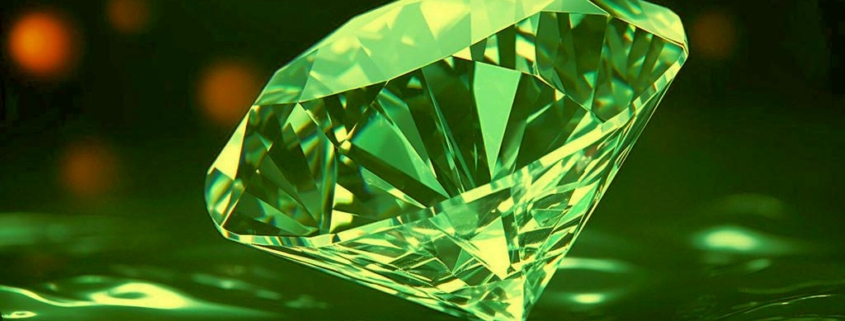



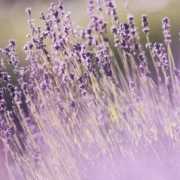
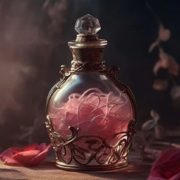
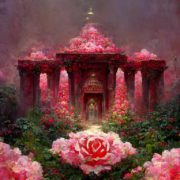
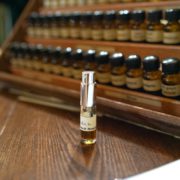














Leave a Reply
Want to join the discussion?Feel free to contribute!